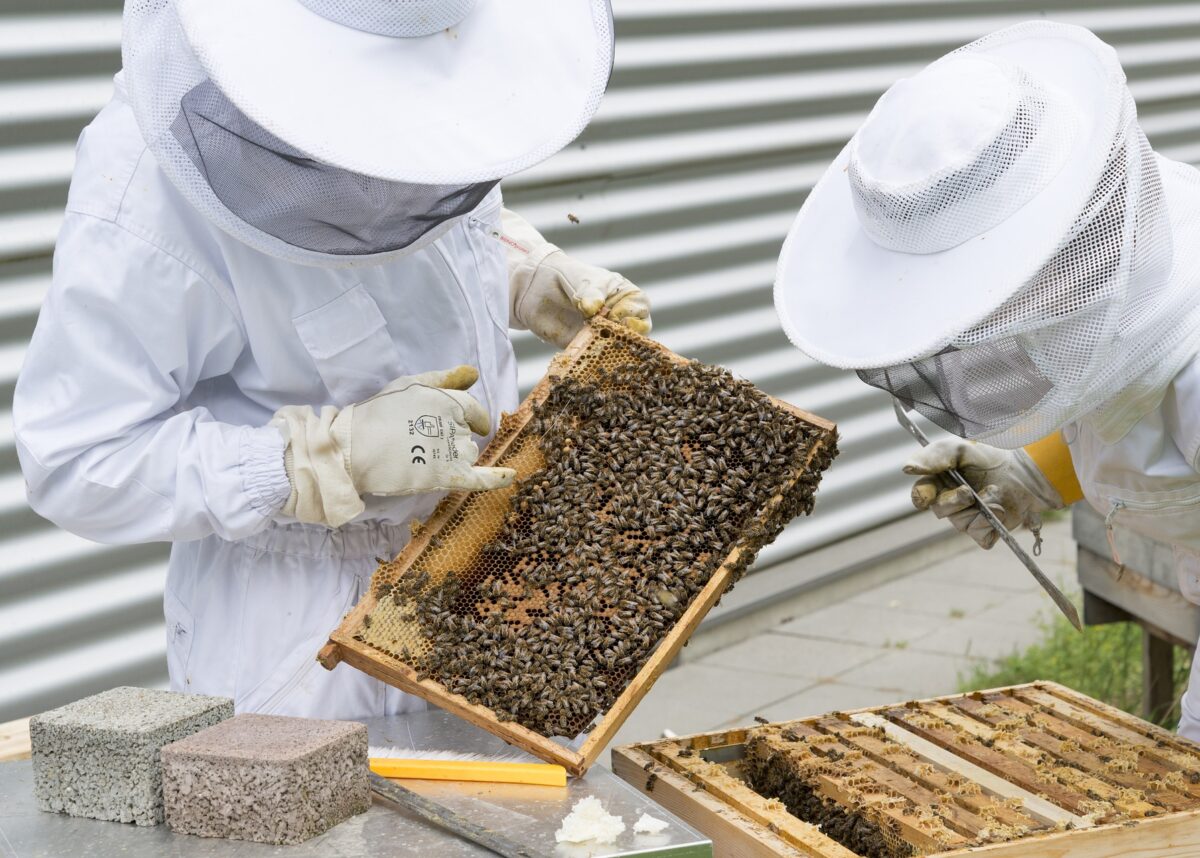In a two-year pilot program, scientists from Macquarie University in Sydney are to test whether high-precision electronic sensors can monitor hive temperatures and alert beekeepers when precious bee colonies are in danger.
The new project aims to support Australia’s dwindling honeybee population with automated early-warning systems for when hives are at risk.
Philanthropic organisation, the Lord Mayor’s Charitable Foundation, has awarded a $300,000 grant for the research. It is hoped the sensors in the hives will be capable of alerting beekeepers to fluctuations in temperature which may indicate a decline in hive health.
Project lead, Professor Andrew Barron, said a robust early-warning signal that a hive is starting to struggle will give beekeepers the opportunity to intervene before it’s too late.
“The hope is that we’ll find an easy-to-measure signal that reliably tells us when a colony is in trouble at the earliest possible point, so we can direct beekeepers’ efforts to where they’ll make the greatest impact for the greatest benefit,” he explained.
Few indicators that a hive is at risk
Monitoring bee health is difficult as there are very few indicators that a hive is at risk until it’s too late to salvage. However, it is hoped that monitoring temperature through these inexpensive remote sensors could provide vital early red flags.
When a colony is healthy, bees maintain the hive temperature at 35°C – the ideal temperature for them and their larvae. But when colonies are struggling, temperature regulation – which bees manage through activities like fanning water droplets throughout the hive – becomes difficult.
Australia’s bees are already under stress. About a third of food crops depend on bee pollination, but there is a shortfall in the number of bees meeting demand. For example, 65 percent of all bees in NSW are used for almond pollination alone – meaning that supply is short for other major crops including canola, carrot, apple, cherries and berries.
AgriFutures Australia estimates bee pollination to be worth $4-6- billion to the economy at current levels, with that number expected to grow as demand continues to increase.
On top of this shortfall, factors such as pesticides, disease and climate change are impacting bee numbers.
NSW bushfires devastated many hives
For example, the 2019-20 bushfires in NSW had a devastating impact on the state’s 250,000 hives – 10,000 were incinerated while another 90,000 lost their bee population due to the common response of bees abandoning a hive if fire or smoke is approaching.
“Beekeepers are really good and skilful at intervening and strengthening colonies, and giving them what they need to be healthy,” said Professor Barron.
“What we’ve realised, though, is that when a honeybee colony is under a lot of stress, it can actually look like it’s doing okay until it’s pushed right to the edge of collapse.
“If we can identify when a hive is in trouble early enough, we’ve got more options to have a beekeeper intervene and rescue that colony.”
The project is set to begin in November and will run until October 2023.












